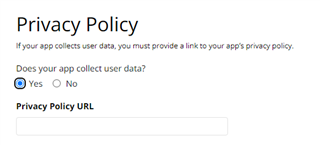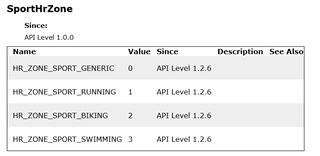What do you do for this? I may want to grab User Weight from UserProfile for a W/kg type metric. This says I need to host a page that explains what I intend to do with the data. Nothing except display to the user a calculation that is informed by their weight... If you've run into this, do you just point to a Google Doc you've created and then can change without notice. GDBR implications too I assume.



